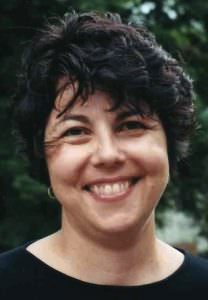“The Peasants” Co-Director/Writer Hugh Welchman on Hand Painting Real Life Hardships Into Animated Magic
Creating any animated feature film is an awesome commitment of time, talent, and resources. But the animated films of the Poland-based husband-and-wife directing team of Hugh Welchman (who is British) and D.K. Welchman (who is Polish) go well beyond the common description of “labor of love.” For their groundbreaking debut in 2017, the Oscar-nominated animated feature Loving Vincent, the team used a hand-painted animation technique to bring the paintings of Vincent Van Gogh to life.
The Welchmans’ second feature, The Peasants, opening January 26 from Sony Pictures Classics, is even more epic and ambitious. The film is a stunning achievement in hand-painted animation that was “born of trauma and conflict,” said Hugh Welchman.
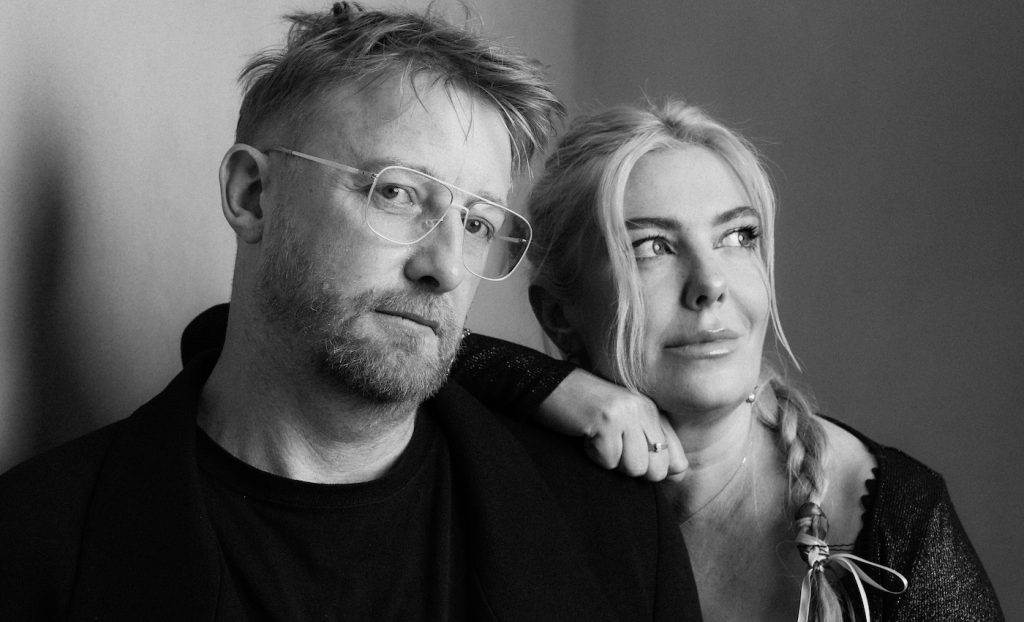
The Peasants is based on Nobel laureate Wladislaw Reymont’s 1,000-page novel that spans the course of four seasons in its sweeping depiction of early 20th-century Polish rural life. The film centers on a radiant, headstrong young woman, Jagna (Kamila Urzędowska), who is forced into marriage to an older widower, the rich landowner Boryna (Miroslaw Baka). But Jagna secretly continues to see Antek (Robert Gulaczyk), her husband’s tempestuous married son, as she struggles to maintain her own identity and independence in a small village where roles are rigidly defined by tradition and deep-rooted patriarchy.
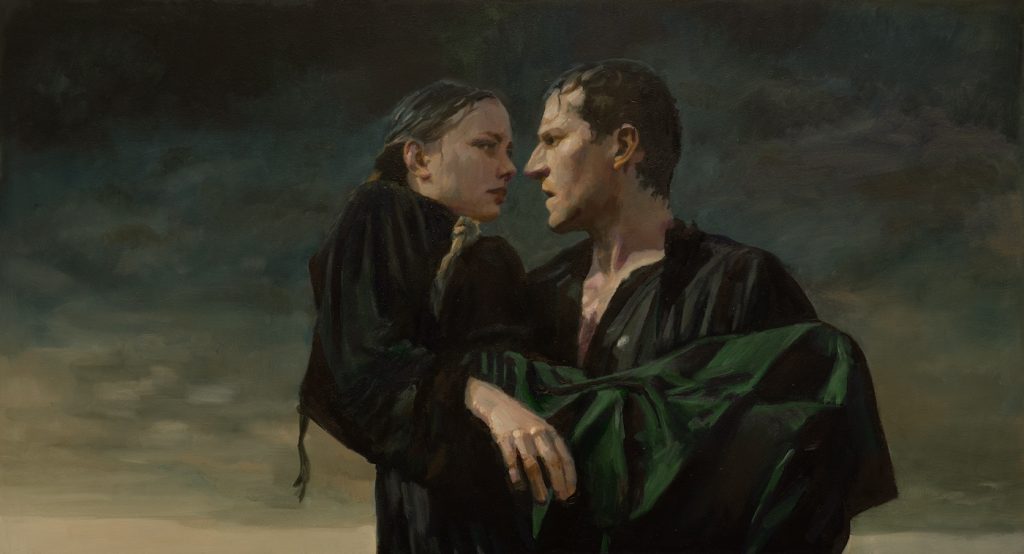
“We chose it because the book is like a moving painting being described before your eyes. It’s heightened and impressionistic,” said Welchman. “We wanted to bring the prose to life like a painting. If you’re going to work with the slowest form of filmmaking ever invented, you have to have a really good reason to do it in that style rather than computer or live action, which are much easier processes.”
The filmmakers shot a live-action feature film on a sound stage with the actors against green screen backdrops. A team of more than 90 animators, led by head of animation Piotr Dominiak, working in studios in Poland, Lithuania, Serbia, and Ukraine, then hand-painted the footage onto canvas using oils to duplicate 40,000 frames from the live-action shoot, said Welchman. The artists were inspired by realist and pre-Impressionist paintings, particularly the Young Poland movement, a modernist period roughly spanning the years from 1890-1918, which included art and literature of that period, such as Reymont’s novel.
The novel and its lusty characters and larger-than-life descriptions of landscapes also provided direct inspiration. The Peasants is required reading in schools in Poland, said Welchman. But few outside Poland know about it. “My wife gave it to me. I’ve never read anything like it,” says Welchman. “The level of description—it gives you the gamut of human relations and problems. I grew up in rural Britain in the 1980s and I could relate. It felt universal. It won the Nobel Prize in 1924 over Thomas Mann, Thomas Hardy and Maxim Gorky.”
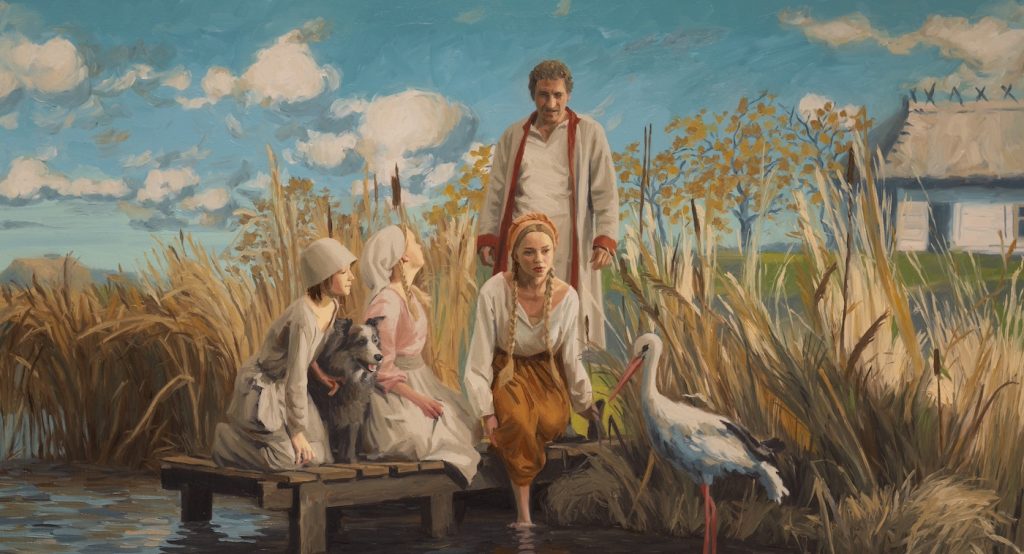
The Welchmans’ script was completed in 2019, but the COVID epidemic delayed production. Then, with production finally underway, Russia launched its invasion of Ukraine on February 24, 2022. There were some 25 Ukrainian artists working in the Kyiv studio, which “was operational for one month before the Russians invaded and we had to close down,” said Welchman. “But out of all that, we knew a good film was emerging. We would have gone bankrupt, so we could not give up.”
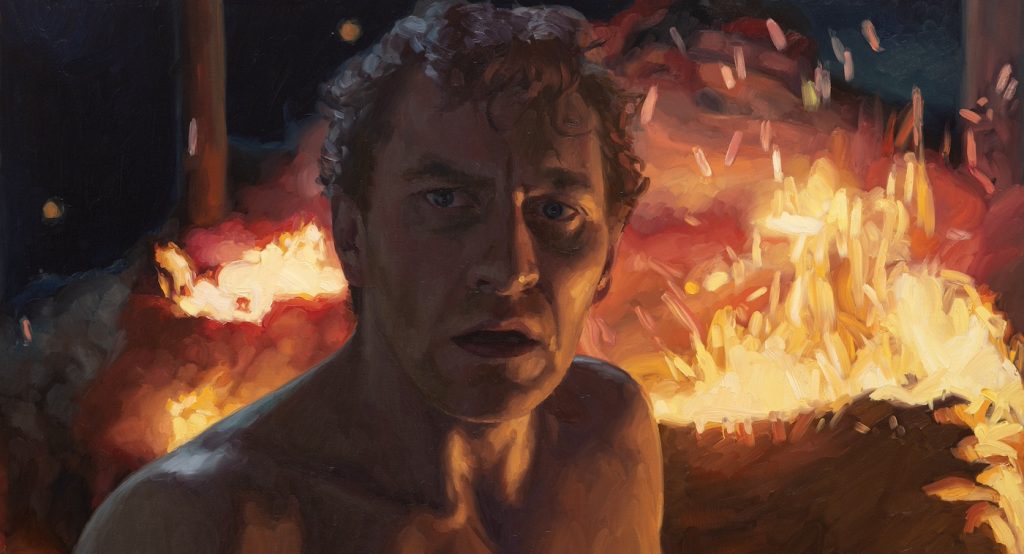
Since men of military age were required to fight, the directors arranged for the women painters to travel to their homes and studios in Poland. “They turned up with their kids, their elderly mothers; we had to find them places. They were a positive injection into our studio because we were all feeling miserable,” Welchman said. “There was 20 percent inflation in Poland because of COVID, and everyone was depressed. If it was computer animation, you could have people working remotely, but we needed to have people physically looking at a canvas under lights in a room full of paints. We were feeling raw and disorientated, and a bunch of women turned up after they’d just been bombed and separated from their families, and they were like, “This is amazing! It’s great we are here!’ You expect refugees to be depressed, but they were so positive; they lifted all of us up. We could not complain once they turned up with backpacks and suitcases — the contents of their whole lives.
They became an important part of the family.”
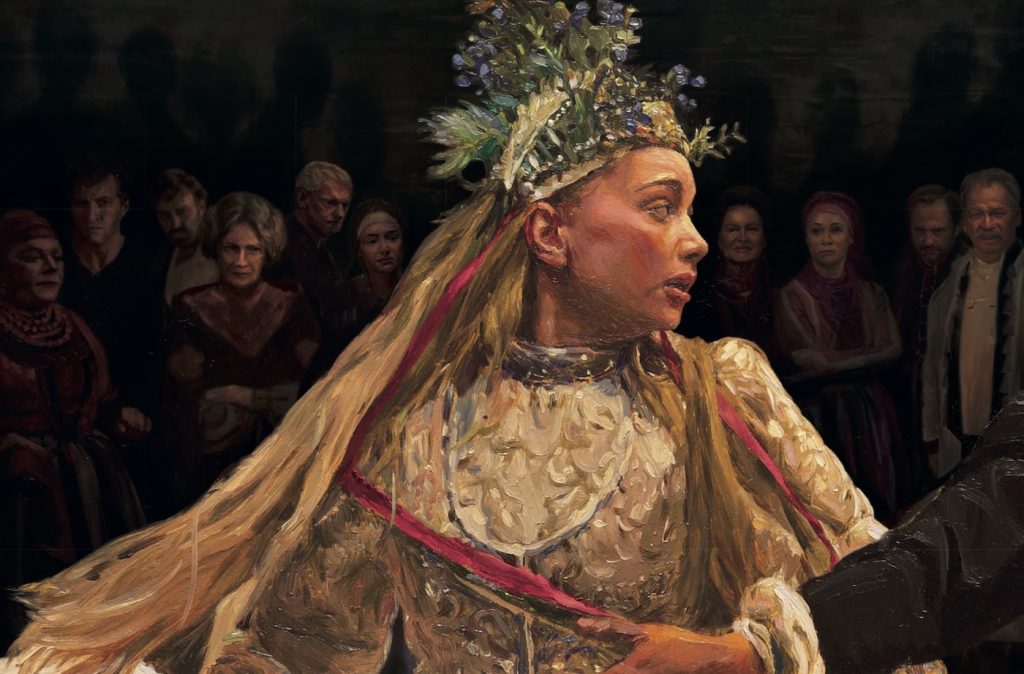
The Kyiv studio re-opened after four months. “We wanted to give jobs to male painters there. But there were power cuts,” said Welchman. “Our film [cost] $7 million, which is not a small budget, but we never had any surplus to buy the generator we needed. So we [launched] a Kickstarter campaign and sold some paintings that had been created for Loving Vincent.”
All these hardships give an urgency to The Peasants and underscore its relevance to the present, he said. Besides political divisions, the sexism and scapegoating in the film, particularly the brutal scene in which male and female villagers violently turn on Jagna, resonates today, said Welchman. “How much have we moved on from nineteenth-century peasants?” he said. Going forward, the filmmakers will have to “choose out subject matter more carefully. Our lives and the subject matter are too closely linked.”
For more upcoming films from Sony Pictures, check out these stories:
How “The Book of Clarence” Hair and Makeup Head Siân Richards Turned LaKeith Stanfield into Twins
“The Book of Clarence” Director Jeymes Samuel Brings Humanity to the Biblical Epic
Featured image: THE PEASANTS. Photo credit: Malgorzata Kuznik. Courtesy of Sony Pictures Classics.


